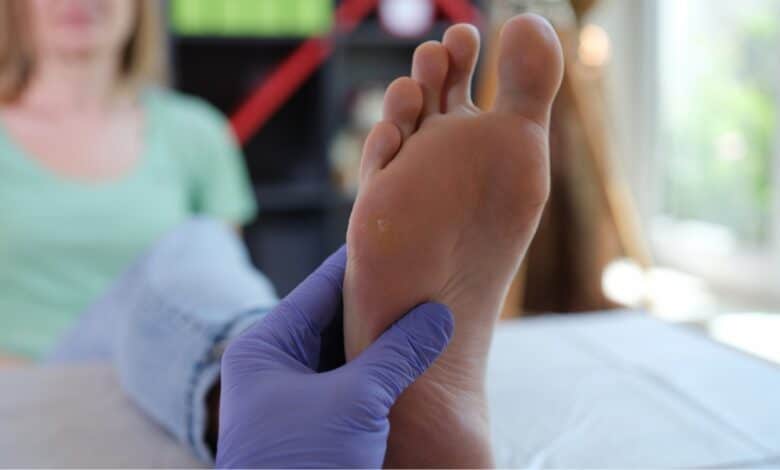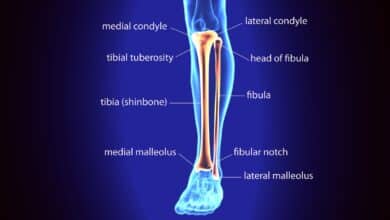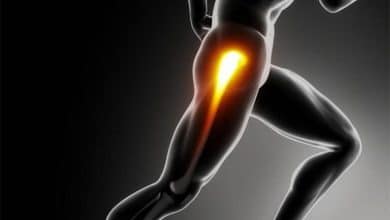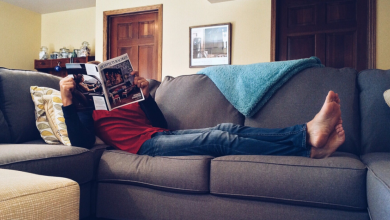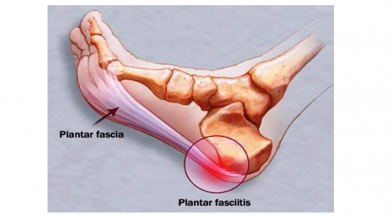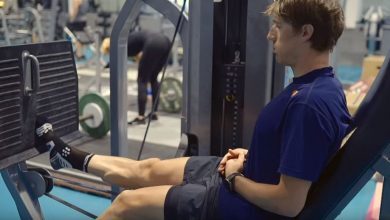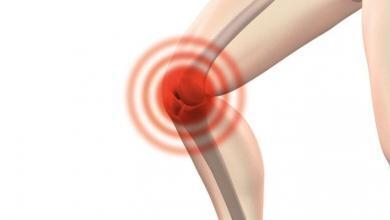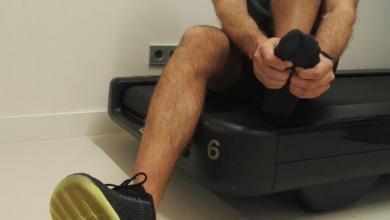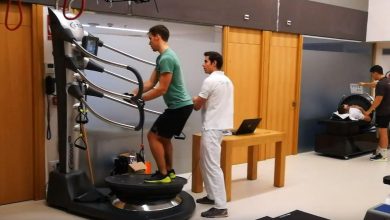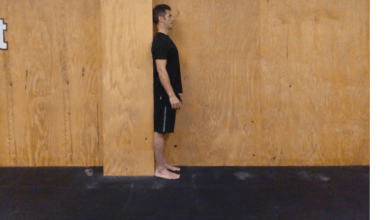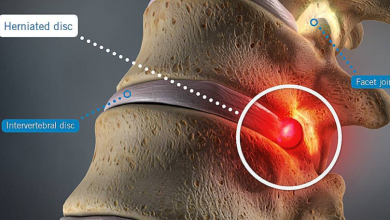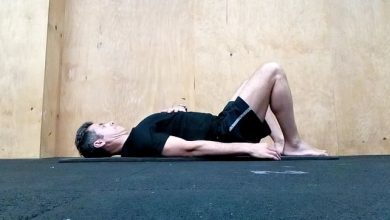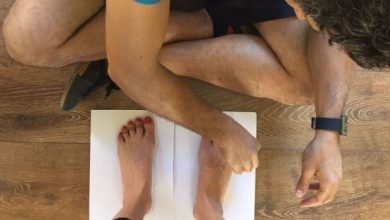Plantar fasciitis treatment: how to relieve foot pain
La Plantar fasciitis It is a common injury that affects the bottom of the foot, causing stabbing heel pain and tenderness.
Treatment to relieve this condition may include rest, icing, strengthening exercises, and the use of orthotics.
In more severe cases, medical therapies such as steroid injections or shock wave therapy may be considered. It is also important to perform regular stretching exercises and maintain a healthy weight.
What is plantar fasciitis?
Definition and causes
Plantar fasciitis is a common injury that affects the bottom of the foot, specifically the plantar fascia.
This condition occurs when the plantar fascia becomes inflamed due to excess tension or repetitive stress. Common causes of plantar fasciitis include:
- Excessive use of the foot due to intense or prolonged physical activities.
- Flat feet or arch that is too high.
- Sudden changes in the type of physical activity or the surface on which it is performed.
- Obesity or overweight.
- Wearing inappropriate footwear that does not provide good support or cushioning.
Characteristic symptoms
Plantar fasciitis manifests itself with characteristic symptoms that can affect the quality of life of those who suffer from it. The most common symptoms include:
- Stabbing pain in the inner area of the heel, especially when taking the first steps in the morning or after a period of rest.
- Tenderness in the bottom of the foot, especially when pressing on the affected area.
- Inflammation in the heel or arch area of the foot.
- Difficulty walking or standing for long periods.
It is important to note that symptoms can vary from person to person and that some individuals may experience pain in areas of the foot other than the heel.
Treatments to relieve plantar fasciitis pain
The pain and discomfort caused by plantar fasciitis can be treated using different approaches. Below are several effective methods to relieve symptoms:
Rest and limitation of physical activity
Rest and reduced physical activity are crucial to allowing the plantar fascia to recover.
Avoiding high-impact activities, such as running or jumping, helps reduce pressure and tension in the affected area. It is important to allow enough time for the foot to rest and recover.
Ice application and physical therapy techniques
Applying ice to the affected area can help reduce inflammation and relieve pain.
It is recommended to apply ice for 15-20 minutes several times a day. Additionally, physical therapy techniques, such as gentle massage and targeted stretches for the plantar fascia, can improve flexibility and promote healing.
Use of orthopedic insoles and appropriate footwear
The use of orthotic insoles or arch supports can provide better support and stabilization of the foot, thereby reducing pressure on the plantar fascia.
Additionally, it is essential to wear appropriate footwear that provides adequate cushioning and support for the arch.
Pain relief medications
In some cases, medications may be recommended to relieve pain and reduce inflammation. Nonsteroidal anti-inflammatory drugs (NSAIDs), such as ibuprofen, may be effective in reducing pain and inflammation related to plantar fasciitis.
However, it is important to consult a health professional before starting any drug treatment.
Medical therapies and invasive procedures
Plantar fasciitis may require medical therapies and invasive procedures if conservative treatments are not effective.
These options may include steroid injections, shockwave therapy, and surgery as a last resort.
steroid injections
Steroid injections may be recommended by the doctor to relieve pain and inflammation in plantar fasciitis.
These injections are made directly into the affected area and contain a corticosteroid that helps reduce inflammation.
Although they may provide temporary relief, it is important to note that some people may experience side effects such as weakening of the tissues or an increased risk of rupture of the plantar fascia.
shock wave therapy
Shockwave therapy is another option that may be considered in cases of chronic plantar fasciitis.
This procedure uses high-energy acoustic waves to stimulate healing in the plantar fascia. It is applied externally to the affected area and helps reduce pain and promote the regeneration of damaged tissues.
However, it is important to note that shockwave therapy may require multiple sessions and some patients may experience discomfort during treatment.
Surgery as a last resort
In severe and persistent cases of plantar fasciitis, surgery may be considered as a last resort. This option is usually reserved for cases in which other treatments have not been effective.
Surgery may involve releasing the plantar fascia, removing bone spurs, or repairing damaged tissues.
However, as with any surgical procedure, there are risks and potential complications, so careful consideration should be given before opting for this option.
Plantar Fasciitis Prevention
Preventing plantar fasciitis is essential to avoid the appearance of this painful foot injury.
Below are some steps you can take to reduce your risk of developing plantar fasciitis.
Stretching and strengthening exercises
Performing regular stretching and strengthening exercises can help maintain flexibility and strength in the muscles and tendons of your foot. Some recommended exercises include:
- Calf stretch: Stand in front of a wall and rest your hands on it. Bend one leg forward, keeping the other straight and with the heel on the ground. Hold the position for 30 seconds and repeat with the other leg.
- Toe Curling: Sit in a chair and place a towel on the floor in front of you. Grab the towel with your toes and bring it toward you, curling your toes. Hold the position for 10 seconds and relax. Repeat several times.
- Foot arch elevation: sSit in a chair with your feet flat on the floor. Raise the arch of your foot as much as you can without leaving the heel off the ground. Hold the position for 5 seconds and lower yourself slowly. Repeat several times.
Care in choosing footwear
Proper footwear plays a crucial role in preventing plantar fasciitis. Make sure you wear shoes that provide good arch support, cushioning, and enough toe room.
When choosing your shoes, keep the following in mind:
- Choose shoes with flexible soles but with enough cushioning to reduce the impact on the feet.
- Look for shoes that fit correctly and do not cause friction or undue pressure on any part of the foot.
- Consider the use of orthotic insoles or arch supports if you have flat feet or fallen arches.
keep a healthy weight
Maintaining a weight within healthy ranges is essential to preventing various injuries, including plantar fasciitis.
Excess weight can increase pressure on your feet and aggravate plantar fasciitis symptoms. Here are some guidelines for maintaining a healthy weight:
- Eat a balanced diet and rich in nutritious foods such as fruits, vegetables and lean proteins.
- Avoid excessive consumption of processed foods, sugars and saturated fats.
- Incorporate regular physical activity in your daily routine, such as walking, swimming or playing low-impact sports.
By following these recommendations, you will be taking important preventive measures to reduce the risk of developing plantar fasciitis and keep your feet healthy and pain-free.
There are no previous results.

